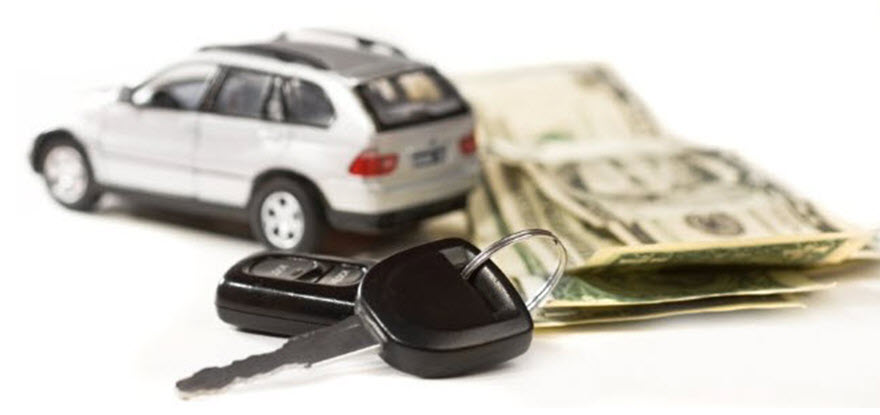Start Your Financial Road Trip With an Emergency Fund

It's an annual rite for many families—the summer road trip. Memorial Day through Labor Day is one of the busiest travel periods of the year, so it's no coincidence that the travel experts offer road-trip survival tips, from tuning up the car to keeping your cell phone charged.
Begin your financial
road trip with an
emergency fund.
Good preparation is also essential to a successful financial road trip. For this journey, which could stretch for many decades, one of the best places to begin is with an emergency fund. Like a tune up and tire check, an emergency fund prepares you to handle what life brings.
To set off on the right financial path this summer, here are five tips:
- Chart your monthly income and expenses. It's hard to establish a savings plan without a clear view of your financial situation. To get a better idea of your current situation, calculate how much money you have to work with by writing down how much money comes in every month and everything you spend in a month. Be sure to include recurring expenses such as your rent or mortgage, utility bills, groceries and childcare, and estimates of other out-of-pocket expenses such as movie tickets, dinner out or clothing.
- Set your emergency savings goal. Savers with a clear goal in mind are often more likely to hit their goals than those without a specific target, so it's a good idea to make your goal specific—and to give yourself a deadline. Ideally, an emergency fund should cover three to six months' worth of realistic living expenses. If you feel your income is stable, or you have access to home equity or other forms of credit to use if needed, then you may be able to plan for the lower end of that target range. If your credit is near its limit and your income outlook is less secure, you might want to save more. If you have difficulty finding extra money to save, even a savings jar can help. Any amount you can put away for an emergency is a start.
- Start saving. Once you set your goal, it can help to set interim goals. For example, a goal may be to save an extra $300 over the next six months in an emergency fund. Setting aside $12 a week—or just $1.65 a day—in an account you don't touch will get you there.
- Put your emergency fund in an accessible place. The best place for your emergency fund is in a liquid (easily accessible) account. After all, an emergency is by definition unexpected. A liquid account might be a regular savings account at a bank or credit union that provides some return on your deposit, and from which your funds can be withdrawn at any time without penalty. If you consider other options, like a certificate of deposit, money market fund or mutual fund, be sure to figure out how accessible your money will be in an emergency.
- Stick to your plan. This can sometimes be the hardest part of saving for an emergency fund or any financial goal. Automating your savings can help. For instance, set up a $50 monthly transfer from your checking account into an account you have set up specifically for emergency use. And don't tap into it for anything other than an emergency.
To learn more about saving and investing, and keeping your finances in order, visit the Investors section of FINRA.org.



